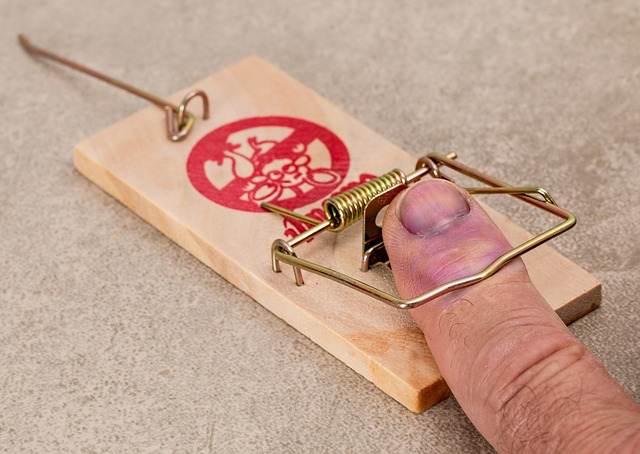Of the insurance-linked securities (ILS) related contracts and structures that are most at-risk of having collateral pre-emptively or otherwise trapped at year-end, rating agency A.M. Best believes all perils or non-U.S. property reinsurance or retro contracts and quota share sidecars are the most exposed to this.
 In a recent report, A.M. Best explained how the Covid-19 pandemic could result in more ILS collateral being trapped towards the end of the year, particularly at the retrocession end of the market.
In a recent report, A.M. Best explained how the Covid-19 pandemic could result in more ILS collateral being trapped towards the end of the year, particularly at the retrocession end of the market.
But it’s not as clear-cut as assuming all property treaties, reinsurance or retrocession, may be exposed, as there are issues such as wording, geography and type of coverage to consider.
So-called pre-emptive trapping of collateralised ILS capacity is a factor, as cedants are likely to attempt to hold onto capital backing their reinsurance or retro protection even in cases where buffer loss table clauses aren’t normally triggered.
The uncertainty over where and how much exposure there is, from pandemic related property business interruption, is likely to drive some difficult conversations between ILS managers and cedants over the coming months, as year-end approaches.
But there are areas of the market to watch out for, A.M. Best believes, with the exposure to trapping seen as greatest in certain contracts and structures.
On named perils versus all perils coverage, the rating agency said, “In general, the contracts for which there is even a hint of claims uncertainty is related to BI associated with “all perils” contracts that do not provide an exhaustive list of covered perils. These treaties generally list covered peril examples but also indicate that the list is not comprehensive.”
While on location of coverage, it seems outside of the U.S. is where the loosest terms may lie, “The issue of whether cedants require physical damage for BI recoveries remains a key outstanding issue that is likely to disproportionately affect non-US treaties due to looser contract language. However, litigation in various geographical territories may haunt the industry for some time, thus tying up investors’ capital.”
While on structures, the broader coverage and proportional nature of a quota share may mean sidecar investors have more to fear from trapping at year-end, “For sidecar quota share agreements, the retro segment is relegated to following the fortunes of the cedants. Therefore, sidecars have to pay a portion of whatever losses are paid by the cedants. This makes the sidecar investors a bit more vulnerable to potential trapping than collateralized reinsurance investors.”
But combining these issues, with the litigation threat and cedants desire to pre-emptively trap collateral, may result in more issues for some.
As, “Overall, the combination of uncertainty regarding the resolution of potential litigation and pre-emptive trapping will further constrain the supply of ILS capital and will particularly continue to squeeze the supply of retro capacity, which was already reeling before the pandemic,” A.M. Best said.
 View all of our Artemis Live video interviews and subscribe to our podcast.
View all of our Artemis Live video interviews and subscribe to our podcast.
All of our Artemis Live insurance-linked securities (ILS), catastrophe bonds and reinsurance video content and video interviews can be accessed online.
Our Artemis Live podcast can be subscribed to using the typical podcast services providers, including Apple, Google, Spotify and more.































